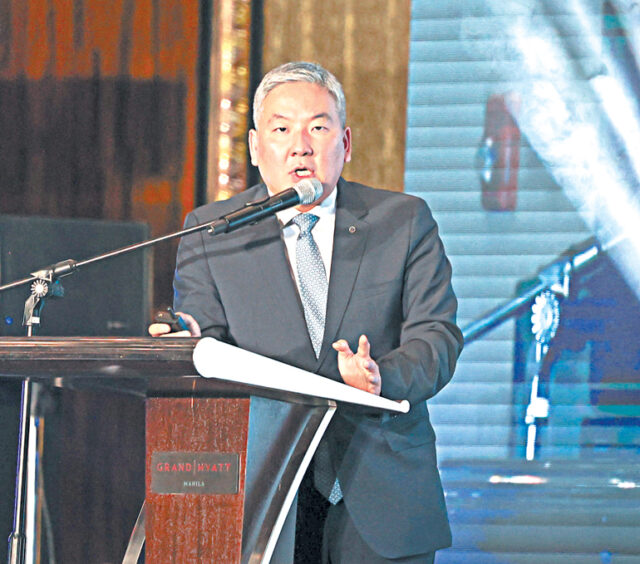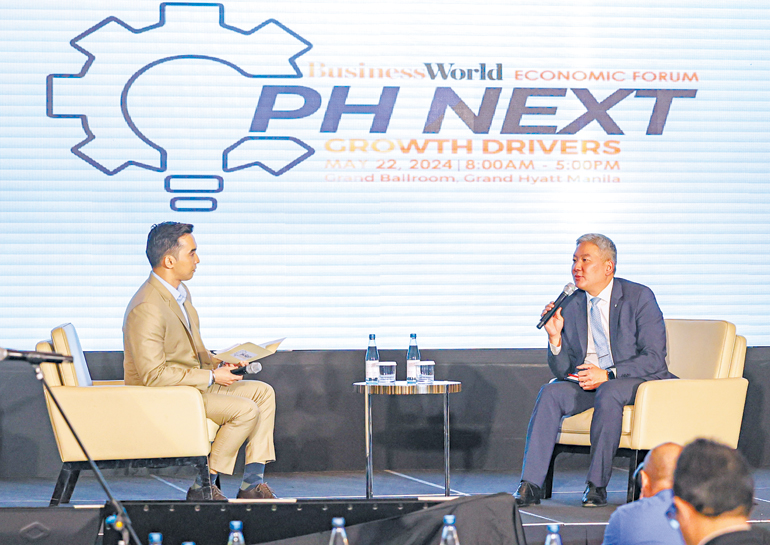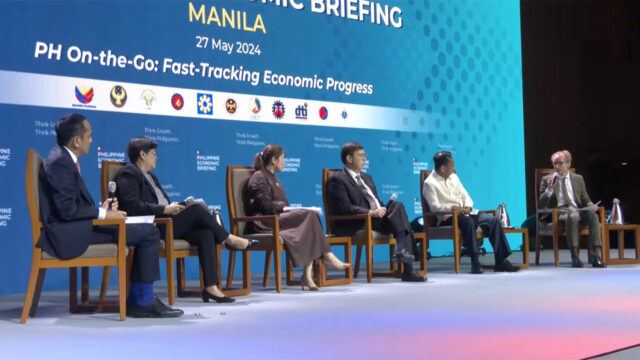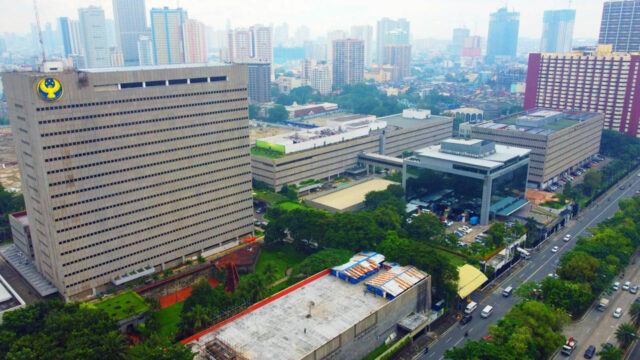Navigating ASEAN Digital Economy Framework Agreement negotiations

ASEAN’s path to global dominance in the digital economy
By Jomarc Angelo M. Corpuz
One of the silver linings of the coronavirus disease 2019 (COVID-19) pandemic is the meteoric rise of the digital economy. According to Google’s “SEA e-Conomy Report 2021,” digital users from the Southeast Asian region consumed four more digital services than they did before 2020. This has led to rapid growth in online services and a digital economy that has reached $100 billion in revenue across all sectors just two years later.
This extraordinary shift in consumer behavior has led the Association of Southeast Asian Nations (ASEAN) Economic Ministers to launch negotiations on the ASEAN Digital Economy Framework Agreement (DEFA) in hopes of creating a sustainable and inclusive digital ecosystem in the region.
The negotiations of DEFA are expected to cover several elements, including digital trade, cross-border e-commerce, cybersecurity, digital ID, digital payments, cross-border data flows, and other emerging topics in the digital realm.
With the first meeting of the ASEAN DEFA Negotiating Committee concluding in December last year, experts and analysts have offered their views on what the 10-member organization should consider for the agreement before negotiations end in 2025.
In his presentation during this year’s BusinessWorld Economic Forum last May 22, Joo-Ok Lee, Head of Regional Agenda, Asia-Pacific for the World Economic Forum (WEF), highlighted the effects that the digital economy has had on the lifestyle of the ASEAN people.
“It is really transforming our daily lives. It changes the way we communicate, produce, govern, and trade with one another. Digital technologies also drive growth, boost productivity by lowering production costs, and enable economies to scale,” he said.
Mr. Lee expressed optimism about the region’s digital economy, showcasing its impressive revenue growth over the past year and noting that it is growing at one of the fastest paces globally. While there are challenges in collaboration between countries and sectors, the WEF representative highlighted the need to advance digital technologies and improve the digital economy.
“In this era of slow growth, a lot of uncertainties and challenges currently dampen the growth climate. I think the digital economy enables us to, maybe in a way, restore the growth momentum that we’ve seen in previous decades and also, at the same time, fundamentally shift us into a new paradigm for our societies and economies,” he said.
Commenting on the negotiations for DEFA, Mr. Lee explained that it signals the region’s commitment to accelerate digital transformation and develop a modern, comprehensive, and coherent digital information strategy by 2025.
“If the DEFA framework is concluded with high ambition and countries are able to come together and really create this enabling environment, there are predictions that the overall estimated value [of the ASEAN digital economy] could increase towards, even upwards of $2 trillion,” he said.

As a member of an international organization for private-public cooperation, Mr. Lee expressed the need to maintain a high level of political ambition. He also mentioned some of the ways the WEF has been supporting the negotiations for the digital agreement.
With support from the Korean government and the ASEAN-Korean cooperation fund, the WEF has been able to put forward a project initiative that aims to support ASEAN’s realization of the goals and targets outlined in ASEAN policy, promote inclusive and sustainable digital economy in ASEAN, promote data-driven policy-making process in ASEAN, and promote multi-stakeholder collaborations in ASEAN.
This project initiative contributes to ASEAN negotiations by providing an online depository of digital economy agreements for negotiators to have a better frame of reference; an annual business survey to give an accurate landscape of the digital economy; and capacity-building for the region’s highly diverse population.
In concluding his presentation, Mr. Lee suggested adopting a model currently utilized by the World Economic Forum, which could serve as a valuable framework for a potential DEFA agreement.
In 2016, WEF Chairman Klaus Schwab coined the term “the Fourth Industrial Revolution” due to the advent of advanced technologies rendering conventional governing methods of digital technologies problematic. As a result, the WEF created a global network of Centers for Industrial Revolution that seeks to accelerate the responsible adoption of technology and transformation of the industry at the national, sub-national, and international levels via policy-making, pilots, and partnerships.
This model allows members to engage with centers as a means to build relationships with leading startups in communities; get strategic insights and anticipate trends through reports; and lead initiatives on technological progress for the transformation of industries, economies, and societies.
“We ask for the different governments, the different stakeholders, to lead, to shape, multi-stakeholder initiatives on technologies and progress. There are thoughts of very innovative examples where multi-stakeholder collaboration has led to a breakthrough in terms of technology utilization, or governance across this network,” he said.
After speaking on the potential of the ASEAN digital economy, Mr. Lee sat down with News5 Anchor Jester Delos Santos to delve deeper into the ongoing negotiations and the challenges and opportunities each member state may face before agreeing on a framework.
He explained that one advantage he sees in the ASEAN region is its long tradition of agreeing with each other despite all of the differences and stages of development that exist within the region.
“I think through that course, ASEAN has found a way to both look at ways in which they could kind of build bridges between the different countries, but also at the same time support one another,” Mr. Lee added.
The WEF representative also mentioned some of the barriers the negotiations might face as a result of differing national priorities, varying levels of technology among member states, and digital integration.
“You don’t want the countries lagging within this field to feel that they are going to be left out. They are going to be, in a way, giving away their own national markets to the other ones that are advanced,” he said.
Acknowledging the competition between all member states, Mr. Lee hopes that this competitiveness can lead to much bigger revenue growth and come to an agreement on the world’s first digital economy framework agreement.
As negotiations progress, ASEAN’s tradition of cooperation and solidarity resonates with the potential for the region to overcome challenges and emerge as a global leader in the digital economy. Through the DEFA, the region has a unique opportunity to establish a framework that not only encourages innovation and economic growth but also promotes inclusivity, sustainability, and resilience in the digital landscape, setting a precedent for global digital governance and collaboration.




















